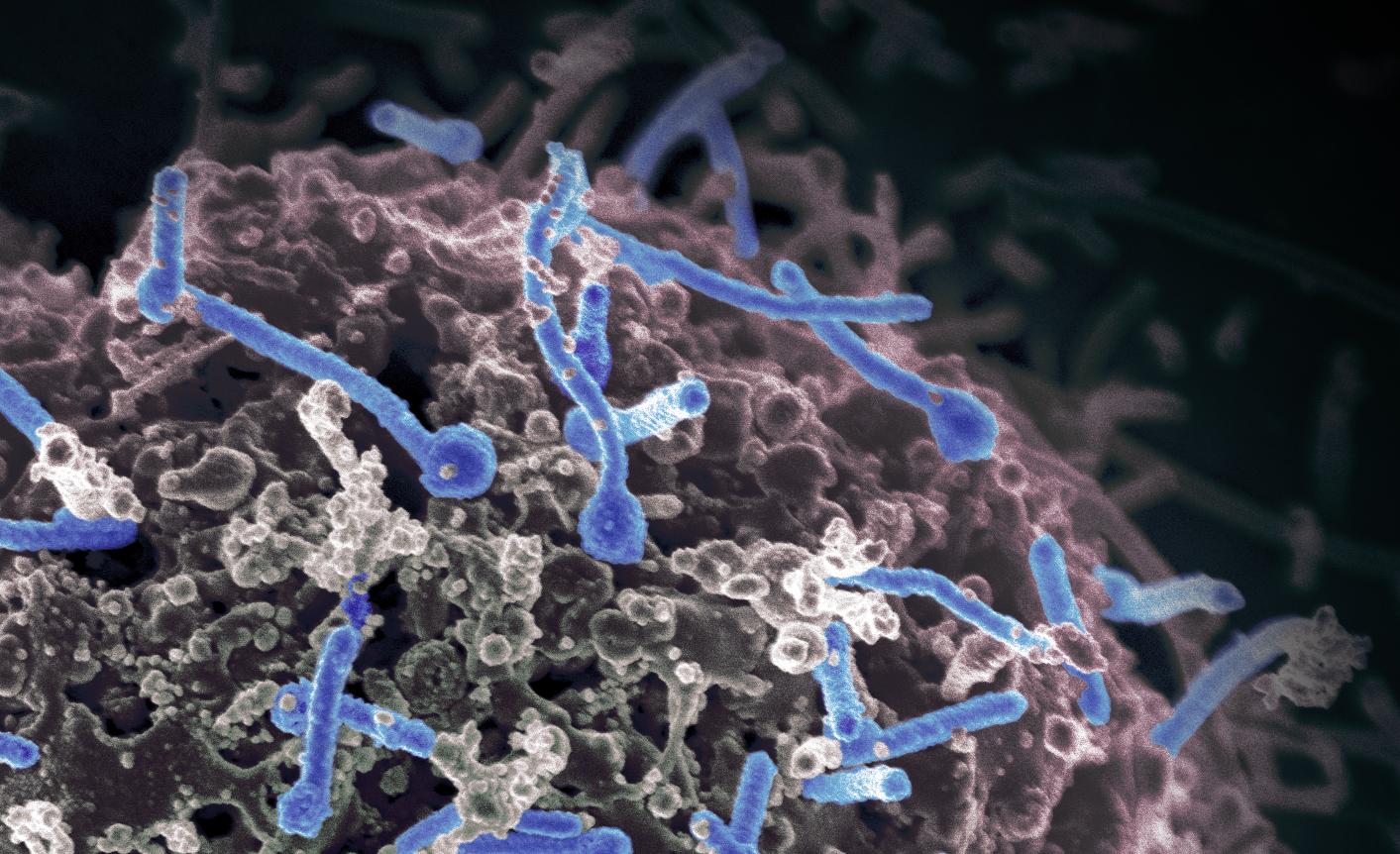Maybe Jean-Baptiste Lamarck wasn’t as wrong as we thought. New Info Gives Life to an Old Dimension of Evolution.
Biology students may remember the historical roots of evolution, back to the oft-taught lesson of Jean-Baptiste Lamarck’s argument for the inheritance of biological traits. Calling himself a naturalist, rather than a scientist, Jean-Baptiste’s work in the early 19th century used an example of an imaginary species of giraffe whose long neck came about over several generations by simply reaching as high as it could throughout it’s life. Baptiste attributed the longer neck in each successive offspring to a mysterious “nervous fluid”, and he painted a world where generations of lifeforms would gain attributes just by the parent organism’s desire for change in anatomy.
Darwinian evolution was influenced, decades later, by the work of Baptiste and other proto-scientists, but the 1900’s concept of modern genetics made this idea seem laughable. In fact, I’d be surprised if some folks didn’t get a chuckle out of that last paragraph. To the modern biology classroom, it’s relatively unthinkable that experiences alone can somehow alter an organism’s genetic makeup. But a new understanding of clustered regularly interspaced short palindromic repeats, called CRISPR for short, has the world of biological science reconsidering the nature of, well, nature.
Read more about clustered regularly interspaced short palindromic repeats, called CRISPR for short~!
The way CRISPR works is only recently understood – really recently. It turns out microbes studied have the ability to rewrite their own DNA to include a permenant record of information about enemy organisms. The 2013 work of Dr. Rodolphe Barrangou explored how this ability could allow organisms to retain immune abilities that can be passed down to their descendants, speeding evolution faster than mere natural selection could.
CRISPR changes the traditional understanding of immunity, wherein complex lifeforms like humans produce antibodies that exist only within the immune cells, which then search and destroy a designated organism based on genetic markers. Since only immune cells can develop antibodies, they die with the cells that created them and can’t be passed to offspring. Information about infectious organisms can’t get from immunocells into the genetic core of human eggs or sperm. Our children must encounter certain microbes themselves through contact in order to develop their own antibodies.
CRISPR is different than the antibody mechanism our complex, system-wide immunity relies on. Microbes, being single-celled organisms, require a method contained within each cell to fight viruses. They evolved an ability to rewrite their code to memorize and check for DNA strands they can then compare with any DNA that enters their cell walls. A microbe with this ability can encounter a virus its ancestors have already met and react as if it is on a sort of “most wanted” list.
Dr. Eugene V Koonin, a scientist who wrote about these clustered regularly interspaced short palindromic repeats, was asked if he saw this highly efficient method of evolving can be considered an argument that Jean-Baptiste Lamarck was onto a legitimate principle of evolution, and replied, “In my humble opinion, it is.”
Read more about the immune system in Cosmoso’s recent article: Accidental Discovery Could Turn Cancer Cells Into Cancer-Attacking Immune Cells
|
Jonathan Howard
Jonathan is a freelance writer living in Brooklyn, NY |



